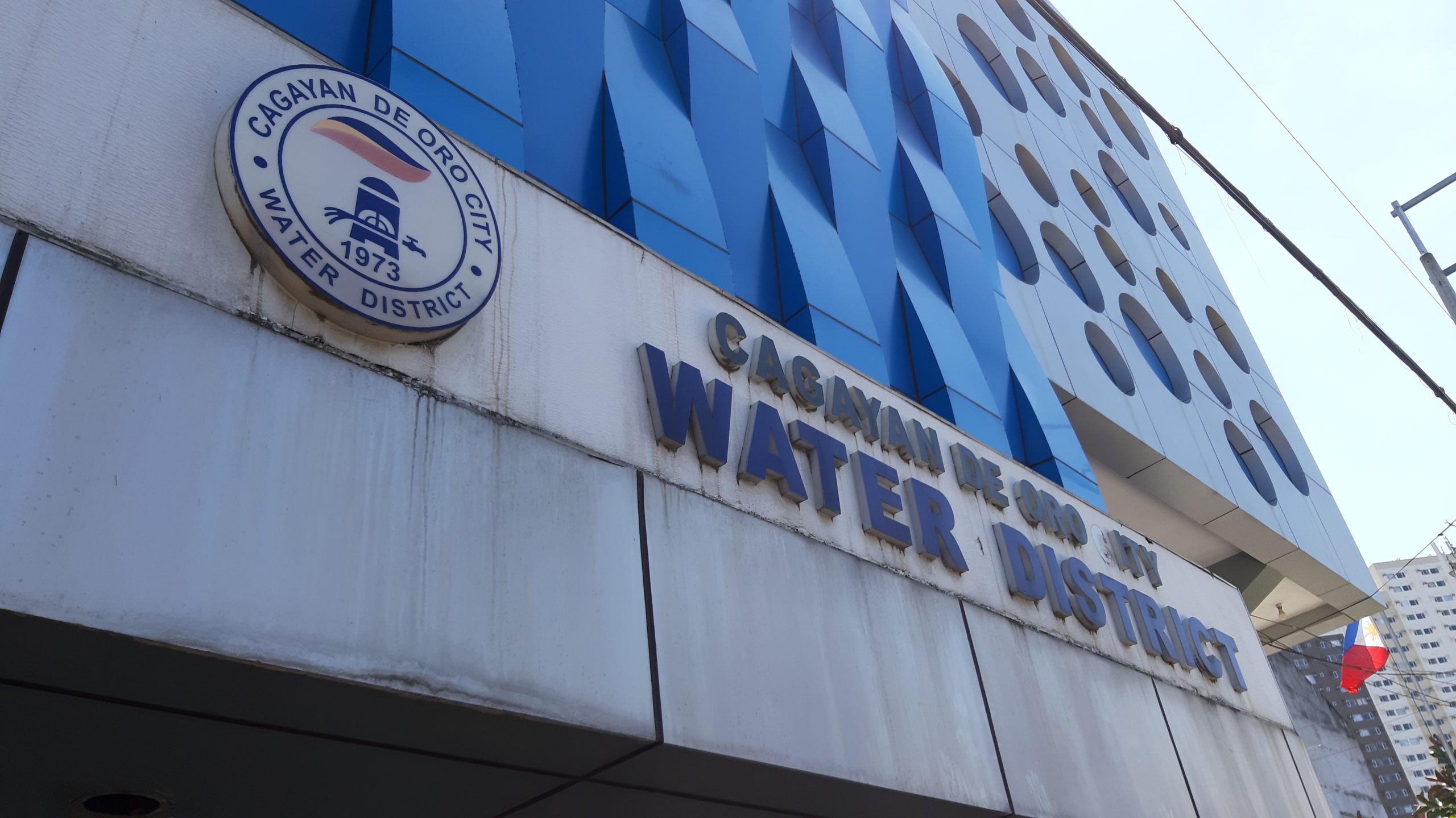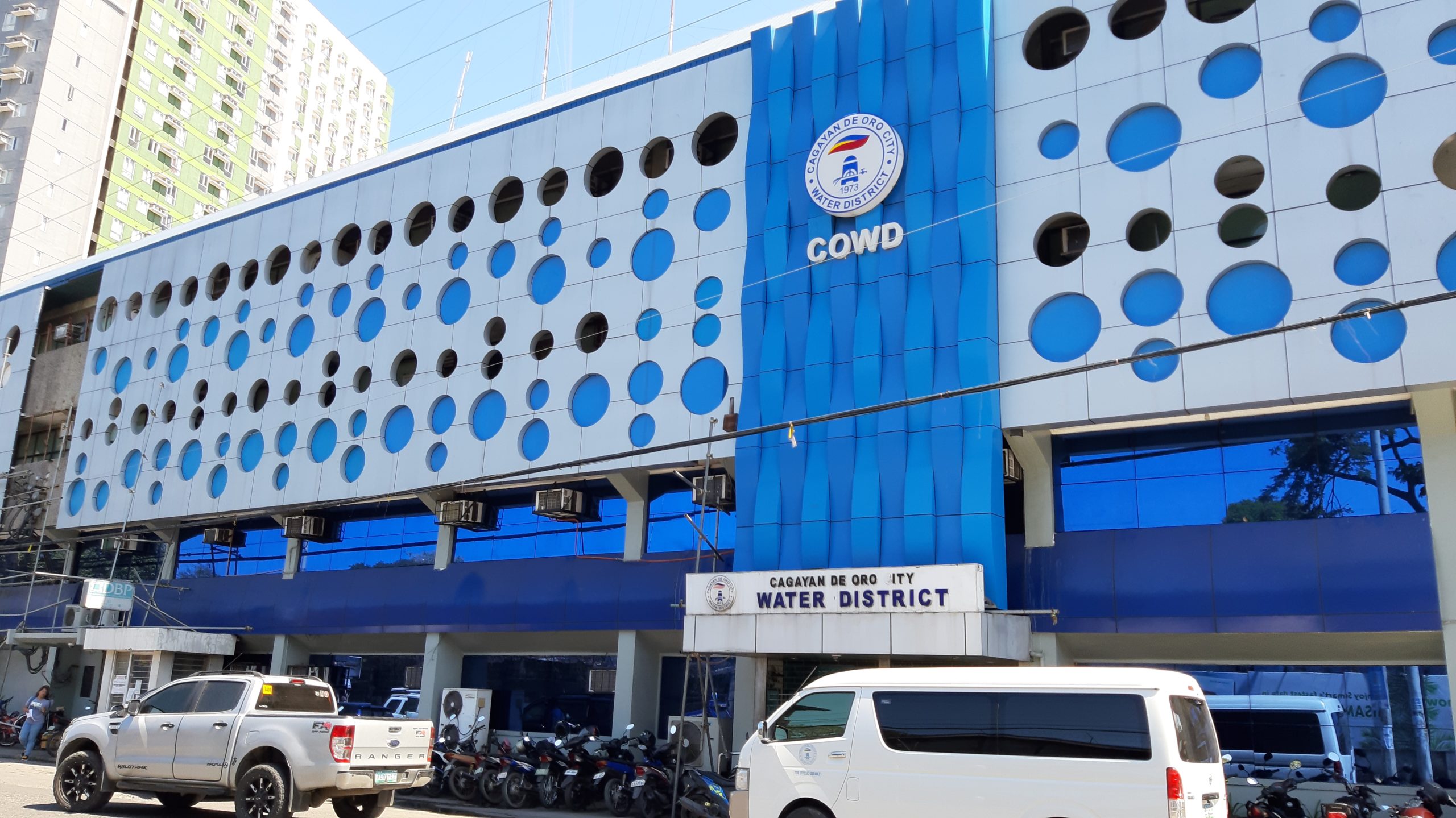Ruffy Magbanua
WHAT makes Cagayan de Oro vulnerable to flashfloods? Monday’s flooding of the entire city was another test of its resilience in the wake of nature’s latest challenge to Cagay-anons — massive inundation in the city spawned by two weather disturbances.
It was a Sendong-like flashfloods, and vivid pictures posted on FB say it all. Cagayan de Oro is now a certified flood-prone metropolis in the making.
Dr. Nono Montalvan had posted a striking photo showing half-submerged cars on flooded Recto Avenue, Cagayan de Oro’s version of Edsa. He labeled it “floating cars in the city where I live.” That photo eventually served as the mother of all pictures posted on FB.
Two years ago after Sendong, Climate Change experts had warned the city government about the possible adverse effects of the La Niña weather phenomenon, including sudden flashfloods expected to hit land between the wet months of September to January.
As proof of that warning, the Department of Environment and Natural Resources’ Mines and Geosciences Bureau (DENR-MGB) provided a geo-hazard assessment study and a geo-hazard map to the city government.
The map identified flood-prone areas, including all of the 25 barangays of Cagayan de Oro that were earlier swamped by floodwaters brought about by Tropical Storm Sendong on Dec. 16-17, 2011. Many of the city’s low-lying barangays were completely wiped out.
The study shows that Cagayan de Oro River when spawned by torrential rains, water is expected to rise by over a meter, or more. When TS Sendong came, floodwaters reached six meters.
Among other disaster preparedness measures, the study recommended that the city bolster the communication capability of the barangay disaster coordinating councils and give regular updates to the City Disaster Risk Reduction and Management Council.
Further, to help citizens prepare for the onslaught of the storms, Pagasa had issued Public Storm Warning Signals that indicate the intensity, the areas that will be affected and the forecast direction and speed of the tropical storm or typhoon.
Public Storm No. 1: The first signal indicates that the area affected should expect intermittent rains within at least 36 hours. Winds of 30 kph to 60 kph should be expected, although it is unlikely that they will cause significant damage. As a precaution, classes in all public and private pre-schools are automatically suspended.
Public Storm No. 2: The second warning signal is raised in areas that will experience winds of 60 kph to 100 kph within at least 24 hours. Light to moderate damage is expected. Some trees may be uprooted and roofs blown away. People traveling by air and sea are cautioned, and disaster preparedness agencies should be alerting their respective communities. Classes from pre-school to high school are suspended.
Public Storm No. 3: When the third warning signal is raised, people are advised to seek shelter inside strong buildings, evacuate low-lying areas, and stay away from coasts and riverbanks as moderate to heavy damage is expected. Winds of 100 kph to 185 kph are expected within at least 18 hours. The winds could topple trees and destroy crops and houses made of light materials. Widespread disruption of electrical power and communication services is also expected. Classes at all levels are automatically suspended.
Public Storm No. 4: The fourth storm warning signal indicates that a very intense typhoon with winds of more than 185 kph may be expected within at least 12 hours. The typhoon is potentially very destructive. Large trees are expected to be uprooted and residential and institutional buildings could be severely damaged. Travels and outdoor activities should be cancelled.
Public Storm No. 5: This recently added storm warning signal is raised when a super typhoon will affect an area. Very powerful winds of more than 220 kph may be expected in at least 12 hours. This typhoon is “extremely destructive or catastrophic” to the community as almost total damage to structures is expected. Most residential and institutional buildings may be severely damaged, and only a few crops and trees will be left standing. Evacuation to safer shelters should be completed early as it may already be too late if it hasn’t begun.
Pagasa had also released color-coded rainfall or storm surge advisory system. Yellow Rainfall Advisory: Citizens should expect flooding in low-lying areas as 7.5-15 mm of rainfall (8 liters per square meter/hour) is expected within one hour and is likely to continue in the next two hours. There is also a possibility of a storm surge of .5-1 meter high. Everyone is advised to monitor the weather condition because the rainfall warning could be raised.
Orange Rainfall Advisory: Intense rains of 15-30 mm (15-30 liters per square meter/hour) are expected within one hour and flooding is considered a definite threat in communities under this alert. Rainfall is expected to continue in the next two hours and storm surges 1 meter to 3 meters high are expected.
Red Rainfall Advisory: This rainfall advisory is issued when downpours constitute an emergency. It is raised when the torrential rainfall is more than 30 mm within one hour or if it has continued for the past three hours and has risen to more than 65 mm (30 liters per square meter/hour). Storm surges over 3 meters high are expected and will most likely cause severe damage to coastal and marine infrastructure. Serious flooding is expected in low lying areas and evacuation to designated safe zones is recommended.
E-mail: ruffy44_ph2000@yahoo.com
Disclaimer
Mindanao Gold Star Daily holds the copyrights of all articles and photos in perpetuity. Any unauthorized reproduction in any platform, electronic and hardcopy, shall be liable for copyright infringement under the Intellectual Property Rights Law of the Philippines.











